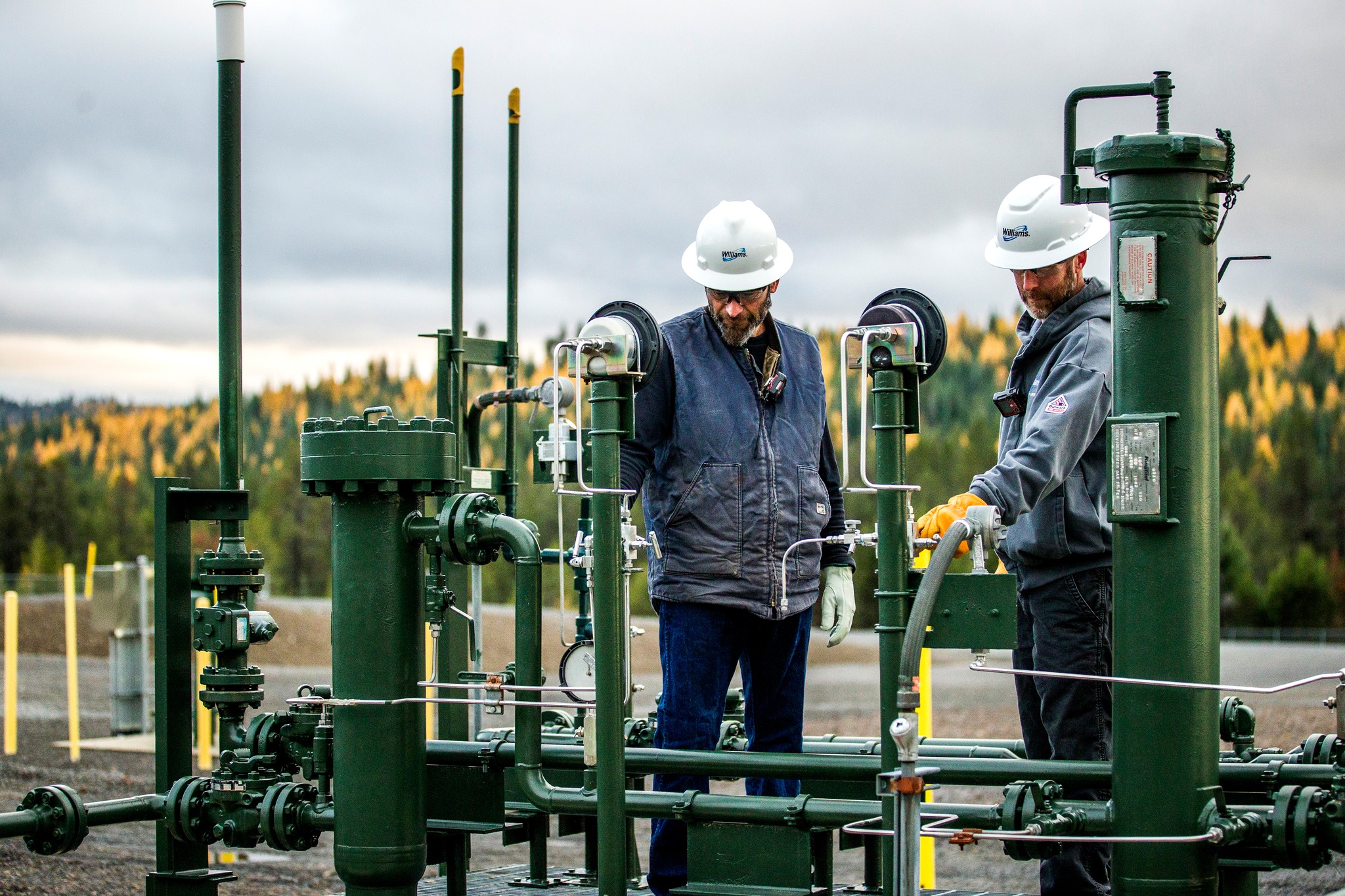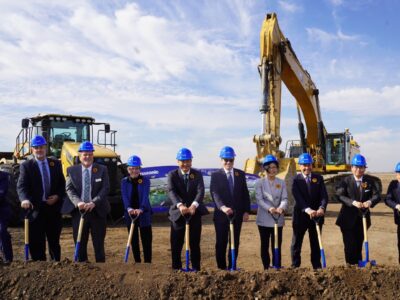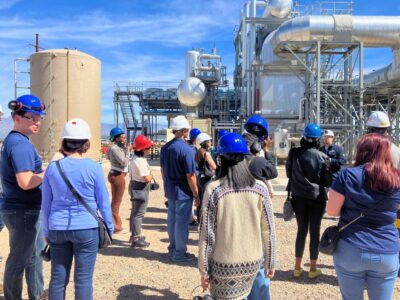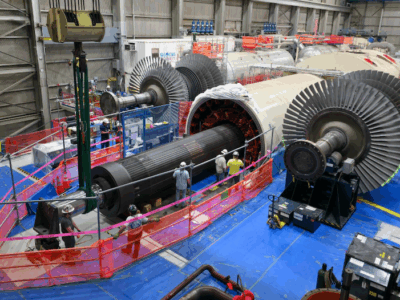During National Clean Energy Week, government relations and clean energy expert Bree Raum spoke with Richard Meyer from the American Gas Association (AGA) and Liz Bowman from Williams about modernizing natural gas infrastructure and exploring possibilities for permitting reform. The AGA represents the natural gas utilities that serve gas to homes and businesses across the country, reaching approximately 189 million Americans, while Williams is an interstate natural gas pipeline company that transports about one-third of the natural gas used daily in the country.
Richard Meyer, vice president of energy analysis, markets, and standards at the AGA, discussed the natural gas industry’s expansion: “If you rewind the clock back just 20 years, we’ve seen domestic natural gas production double. We’ve seen the amount of natural gas we use in the electric power sector double. This year, we are at record levels of industrial demand… One new natural gas customer connects to the natural gas system every minute of every day. So this is a growing industry.” Last year, the U.S. even set an annual record for natural gas consumption, followed by a daily record this January.
Meyer emphasized the importance the natural gas industry has in powering the economy, while also being the primary reason the country has significantly reduced emissions since 2005. Plus, natural gas is “affordable, it’s reliable in your home, it’s familiar. Builders like to build with it, and it’s a low-cost resource,” he said. This reliable and cheap energy also makes us competitive with China and Europe, offering a strategic advantage. He summarized, “This is an investment in a platform that’s not only going to springboard our energy economy into the future, but also continue to help us make environmental progress with regard to the energy that we deliver and consume.”
However, Meyer acknowledged that the lack of sufficient infrastructure remains a major roadblock: “We’re going to get in our own way, and we are already, in some cases, in our own way, because of our inability to build the infrastructure to serve that demand.” Liz Bowman, vice president of government affairs and outreach at Williams, emphasized that when projects are not built quickly enough, “it means really, really high prices, or it means imported LNG from other countries, or it means fuel oil that is being used to fill that demand, which is 50% higher emissions, and it costs 50% more.” Meyer pointed out that pipeline-constrained areas of the country consistently face higher prices. Bowman specified that over the past five winters, electricity bills in Pennsylvania have been 26% lower on average than in New York, primarily due to differences in pipeline buildouts. Meyer estimated that adding pipeline capacity in the Northeast from New York to New England could lower prices by 30%.
Bowman explained that her company’s current focus is on expanding infrastructure in the face of both demand for liquified natural gas (LNG) exports and the domestic energy demands created by artificial intelligence and onshoring. For example, Williams operates Transco, the largest pipeline network in the U.S. by volume. Bowman emphasized that Williams is continuing to build everywhere, representing nearly half of interstate growth in the Northeast and Mid-Atlantic. Energy storage is another critical piece of the puzzle. According to Bowman, although demand for natural gas has increased nearly 50% over the past decade, storage has increased only 2%.
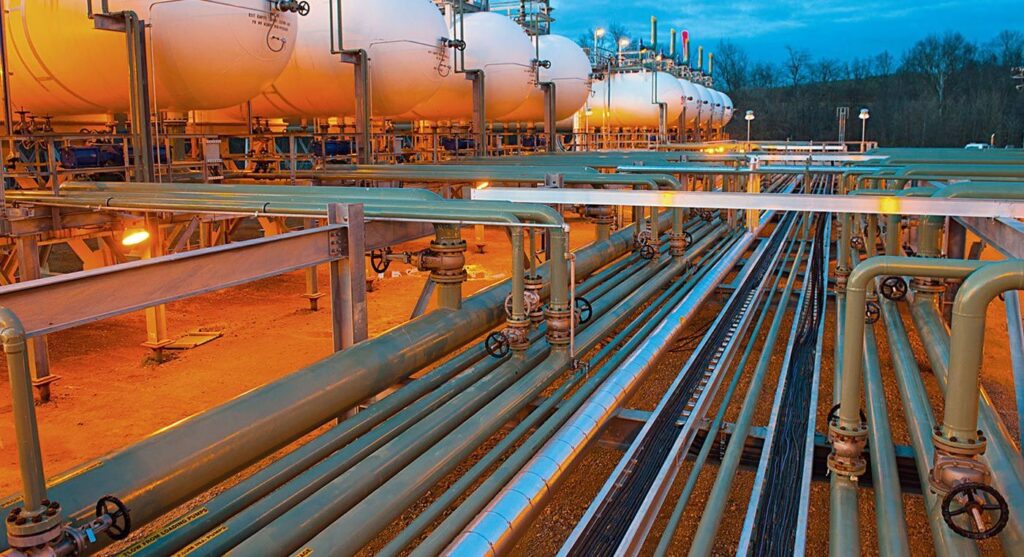
Photo Courtesy American Gas Association
A key part of the path forward will be permitting reform, which has been a common sentiment during other National Clean Energy Week panels and sessions. Bowman said, “We have a pretty large footprint across this country. The biggest challenge we have across that is permitting.” Both Bowman and Meyer specified that Section 401 of the Clean Water Act has posed a particular challenge because companies need a water quality certificate from every state affected, enabling long delays, leading to drawn-out litigation, and essentially rendering many projects non-feasible. Meyer added that “litigation adds four years to complete a project, on top of everything that you’ve got to do to site, permit, and construct… That has real impacts on the economy. It has impacts on consumers. That raises prices.”
Bowman laid out the reforms to Section 401 that she believes would result in a more efficient process: “Until we address the frivolous litigation; the need to issue permits in a timely manner, actually when they are submitted, within the one year timeline; and then additionally reducing the scope of those water quality certificates just to direct discharges into navigable waters, we’re not going to be able to fix that issue.” Meyer also emphasized the need for reform for processes governed by the National Environmental Policy Act (NEPA) and the Federal Energy Regulatory Commission (FERC), which get very technical very quickly, but he summarized, “If we want to build out energy infrastructure, permitting reform is going to benefit not just the natural gas industry, but but our ability to collectively build the energy infrastructure we need, whether that’s electric, gas, and so forth.”
Both leaders noted that although addressing federal-level permitting is key, there are also state-level issues that need to be addressed. Meyer stated that the AGA is particularly focused on addressing state policies, “from legislative all the way down to technical building codes,” that are designed, “in some cases, to limit or prohibit the access to natural gas,” which in turn raises consumers’ energy bills. Bowman acknowledged that while states are “a very important stakeholder,” with “every right to respect the water quality and the air quality where projects are being built and to make sure that they’re looking out for their citizens,” they should not be able to “weaponize those environmental statutes to block the build out of that infrastructure that would benefit the entire region or country.” Meyer, however, showed that there is room for optimism: “We’ve also seen 28 states that have passed bipartisan legislation to ensure energy choice.” Essentially, natural gas can and should continue to be an important part of the nation’s diverse energy mix.
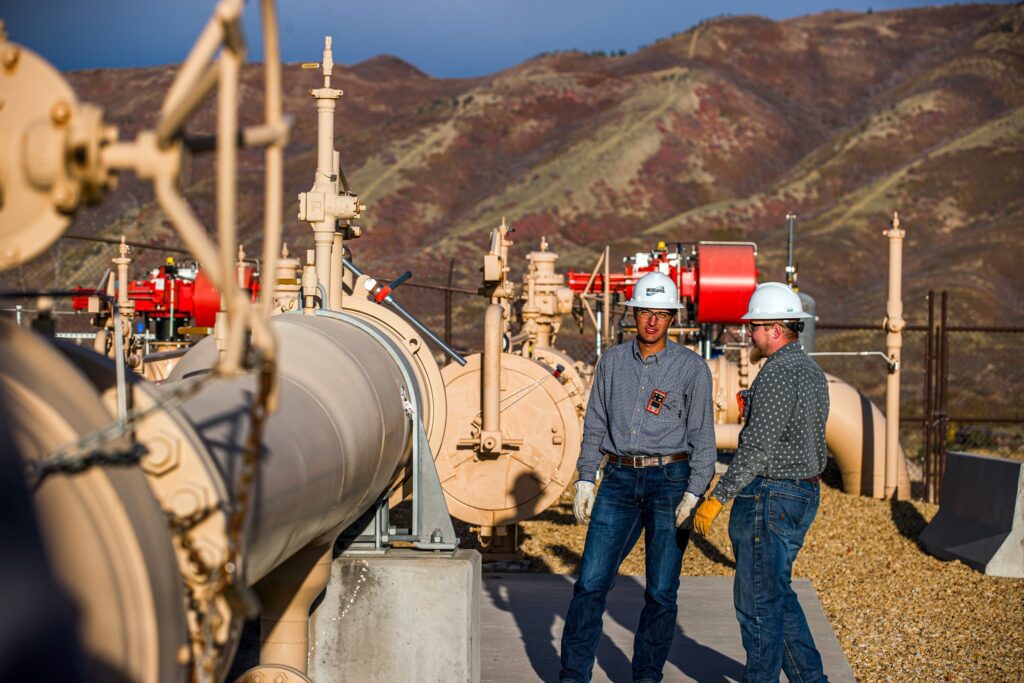
Photo Courtesy Williams

